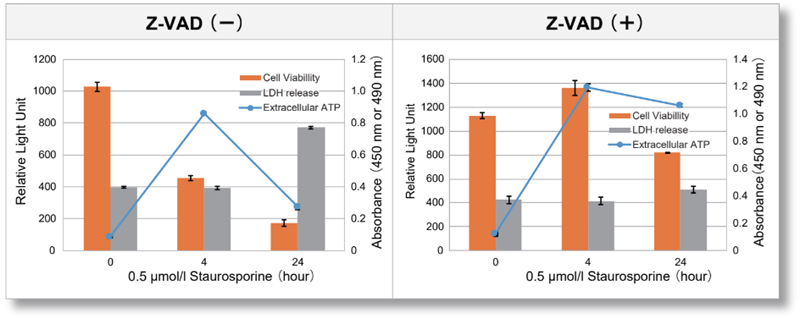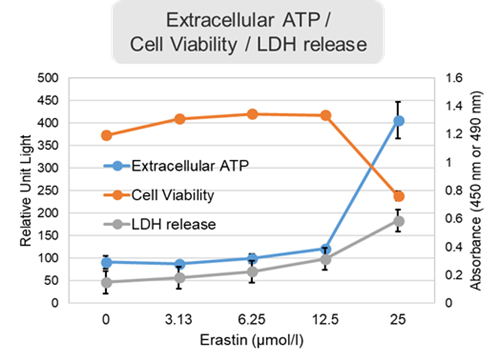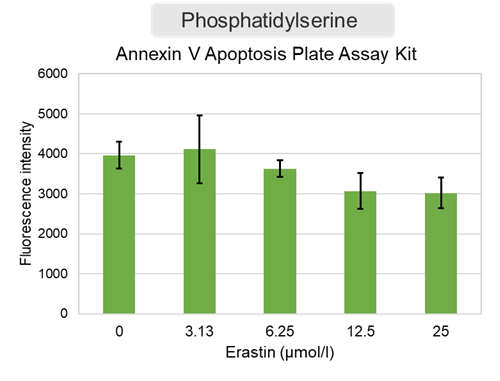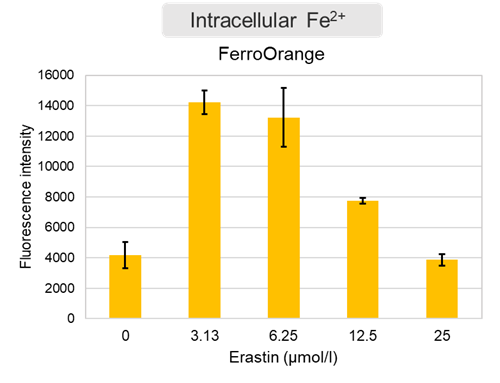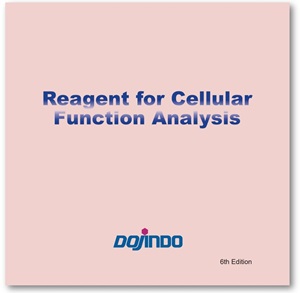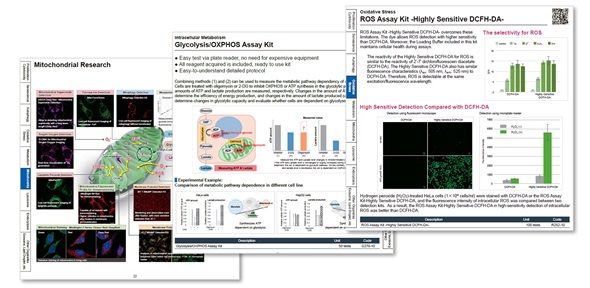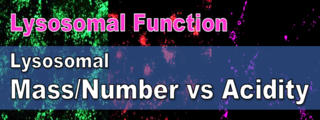Previous Science Note
|
Extracellular ATP, released from dying or stressed cells, acts as a key damage-associated molecular pattern (DAMP) that signals immune cells and neighboring cells via purinergic receptors such as P2X7 and P2Y2. This Science Note introduces recent advances in our understanding of how extracellular ATP influences the immune system and the tumor microenvironment. |
||||||||||||||||||
|
Colon tumour cell death causes mTOR dependence by paracrine P2X4 stimulation (Nature, 2022) Colon tumor cells undergoing chemotherapy-induced cell death release extracellular ATP, which acts on neighboring tumor cells to activate mTOR signaling via P2X4 and promote their survival. Highlighted technique: This study used Lgr5-EGFP-DTR(+) mice, which allow selective induction of apoptosis in Lgr5-positive (stem) cells by diphtheria toxin. Colon tumor organoids derived from these mice enabled targeted ablation of Lgr5-positive tumor cells, allowing analysis of the impact of their death on neighboring Lgr5-negative cells. Related technique Extracellular ATP Assay, Annexin V Apoptosis Plate Assay |
||||||||||||||||||
|
To study the immune effects of ferroptosis cells, the researchers divided ferroptosis into initial, intermediate, and terminal phases, defined by lipid peroxidation, ATP release, and HMGB1 release with membrane rupture. Unlike apoptotic cells, ferroptosis cells fail to activate immunity through extracellular ATP and other signals, particularly in the initial phase, where they suppress dendritic cell maturation and phagocytosis. Highlighted technique: This study established a model to precisely control cell death by inducing GPX4 knockdown, which triggers ferroptosis, and temporarily blocking ferroptosis by adding ferrostatin-1. Removal of ferrostatin-1 triggers synchronised ferroptosis, allowing the process of ferroptosis to be precisely controlled. Related technique Intracellular Iron detection, Lipid Peroxide Detection |
||||||||||||||||||
|
In melanoma, extracellular ATP enhances the antitumor activity of CD8⁺ T cells by maintaining their mitochondrial function through the purinergic receptor P2RX7. Highlighted technique: Adoptive cell therapy (ACT) is a cancer treatment in which ex vivo activated immune cells are reinfused into the patient. As mitochondrial function is key to ACT efficacy, this study comprehensively evaluates T cell function using multiple parameters, including mitochondrial mass, mitochondrial ROS, oxygen consumption rate and extracellular acidification rate. Related technique Mitochondrial membrane potential detection, Mitochondrial superoxide detection |
||||||||||||||||||
| Application Note I > Apoptosis Inhibition Enhances ATP Release
|
||||||||||||||||||
| Application Note II > Ferroptosis Induction and ATP Release Profile
|
||||||||||||||||||
Related Techniques
|
||||||||||||||||||




